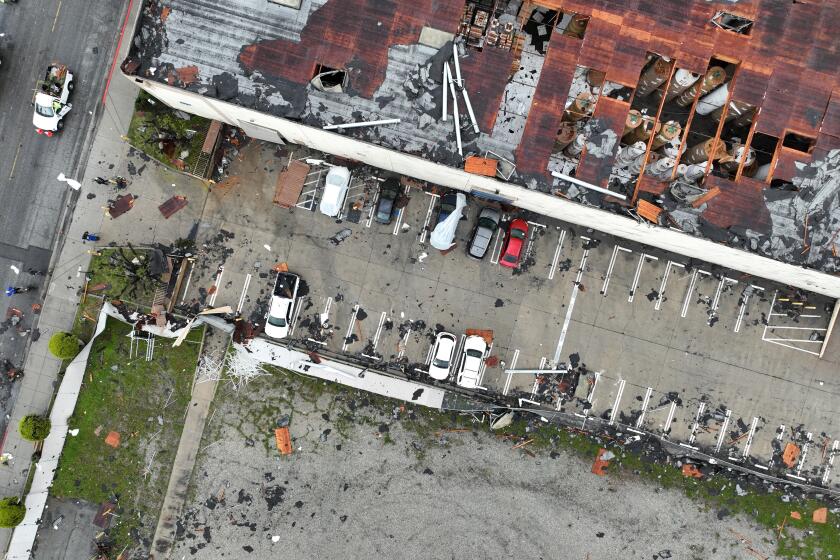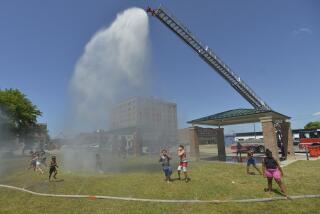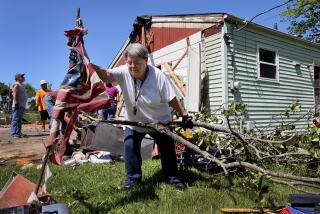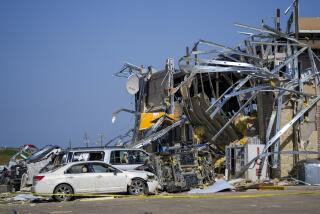Frigid temps continue to blast much of the U.S., shutting schools and grounding flights
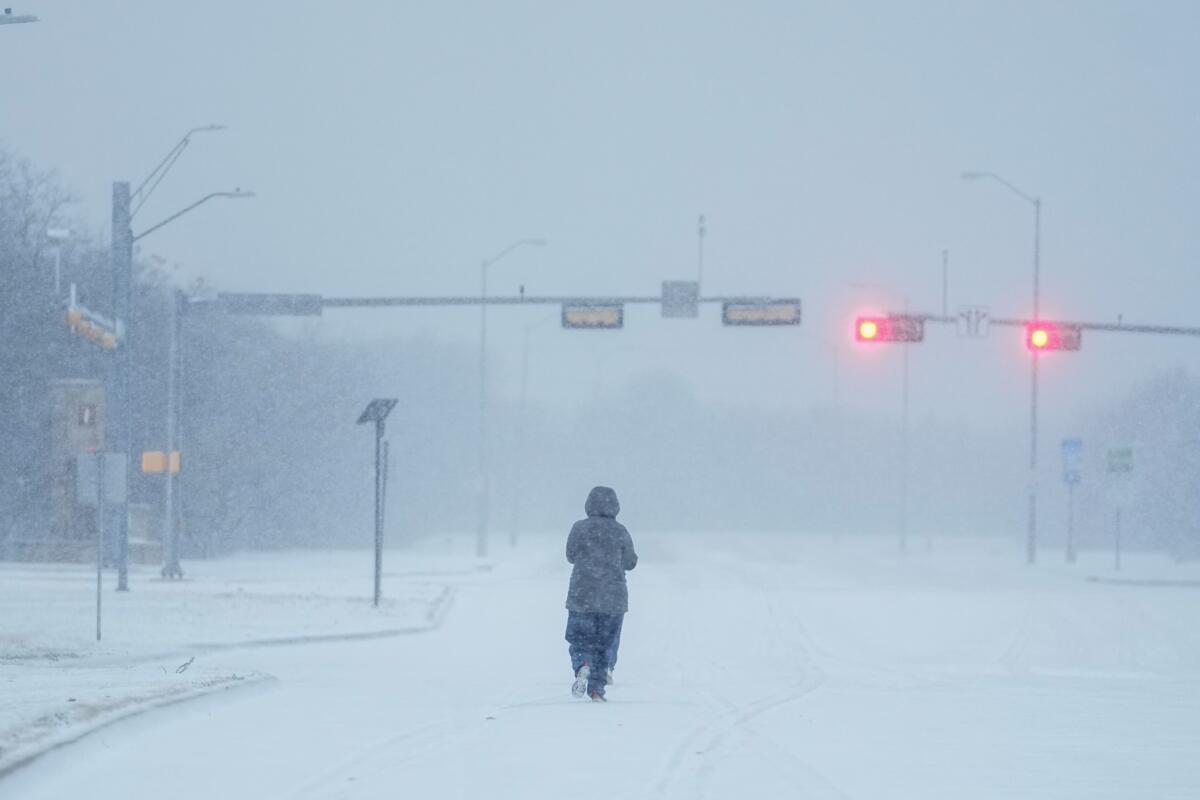
BUFFALO, N.Y. — Dangerously cold wind chills continued to affect much of the Rockies, Great Plains and Midwest on Tuesday, with wind chills below minus 30 degrees in many parts of the central U.S.
More than 85,000 U.S. homes and businesses were without power late Monday, the bulk of them in Oregon, after widespread outages that started Saturday. Portland General Electric warned that the threat of freezing rain Tuesday could delay restoration efforts. Transportation officials urged residents to avoid travel as roads were expected to be hazardously slick with ice that could weigh down trees and power lines, causing them to fall.
Classes were canceled Tuesday for students in Portland and other major cities including Denver; Chicago, home to the nation’s fourth-largest public school district; Dallas and Fort Worth in Texas; across New England; and in the Washington, D.C., area. Federal offices in and around the the nation’s capital were also closed Tuesday.
The storms and frigid temperatures were affecting everything from air travel to NFL playoffs games to Iowa’s presidential caucuses, and were also the cause of several deaths around the country.
At least four people in the Portland area died, including two people from suspected hypothermia. Another man was killed after a tree fell on his house, and a woman died in a fire that spread from an open-flame stove after a tree fell onto an RV.
In Wisconsin, the deaths of three homeless people in the Milwaukee area were under investigation, with hypothermia the likely cause, officials said.
Record rainfall, blizzards and floods. Even a hurricane. Southern California endured a weird weather year in 2023.
Freezing rain and sleet were expected to continue across portions of the Southeast into Tuesday morning. Winter storm warnings were in effect for Lawrence, Limestone and Madison counties in Alabama and in Franklin County in Tennessee, southeast Arkansas, northeast Louisiana and much of northern, central and southwestern Mississippi.
Moderate to heavy snowfall was expected into the Mid-Atlantic on Tuesday morning, with winter weather advisories in effect from the Mid-Atlantic into New England, according to the National Weather Service. Another 2 to 4 inches of snow was expected in New York state and 6 to 8 inches of snow was expected in upper New England through Wednesday.
In the Pacific Northwest, significant freezing rain was expected Tuesday morning, with ice storm warnings in effect through Wednesday morning. In parts of the Cascades into the Northern Rockies, 15 to 28 inches of snow was possible.
Another day of record cold temperatures was expected across much of the Rockies, Great Plains and Midwest on Tuesday, with wind chills below minus 30 degrees extending into the mid-Mississippi Valley, according to the National Weather Service.
When icy weather hits Southern California, people always quip: ‘So much for global warming.’ But these latest blasts are part of the climate change puzzle.
Monday night saw temperatures drop as low as 10 degrees in Olive Branch, Miss., and Jackson, Tenn.
Frigid temperatures in the Northeast didn’t stop fans from heading out to cheer on the Buffalo Bills at a snow-covered Highmark Stadium in Orchard Park, N.Y. The Bills beat the Pittsburgh Steelers on Monday in an AFC wild-card playoff game that was delayed 27½ hours because of a storm that dumped more than 2 feet of snow on the region.
And voters handed former President Trump a win Monday night in the coldest Iowa caucuses on record. Temperatures dipped to minus 3 degrees in Des Moines, with the wind chill making it feel far colder.
Air travelers across the country experienced delays and cancellations. The flight tracking service FlightAware reported more than 3,300 cancellations Monday within, into or out of the United States, and more than 1,200 cancellations were already reported by daybreak Tuesday on the East Coast.
Temperatures are expected to moderate midweek, but a new surge of colder air is forecast to drop south over the Northern Plains and Midwest, reaching the Deep South by the end of the week.
More to Read
Sign up for Essential California
The most important California stories and recommendations in your inbox every morning.
You may occasionally receive promotional content from the Los Angeles Times.
